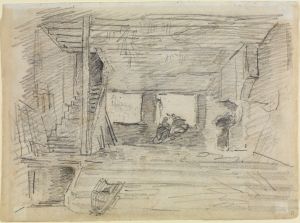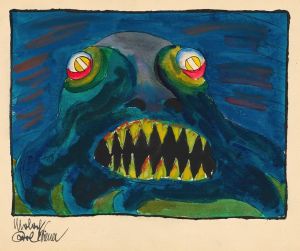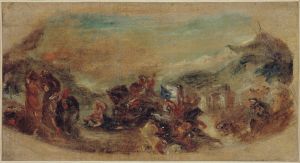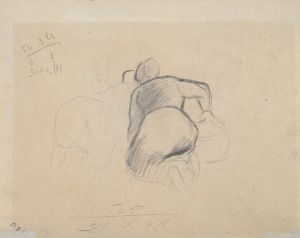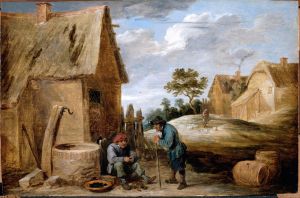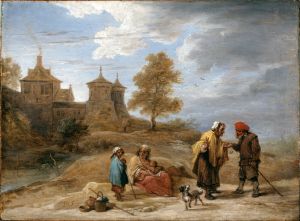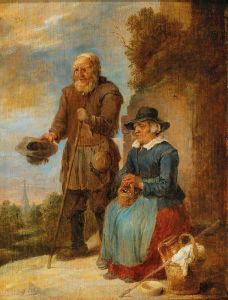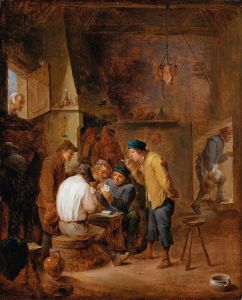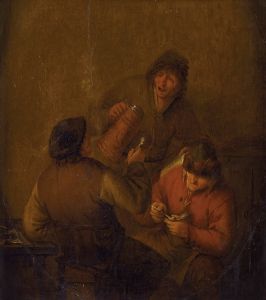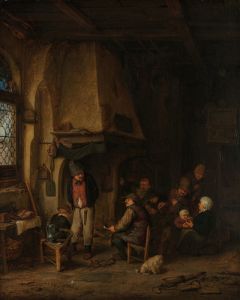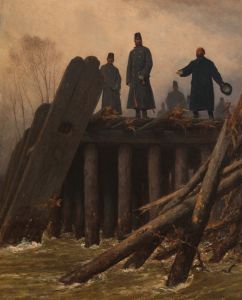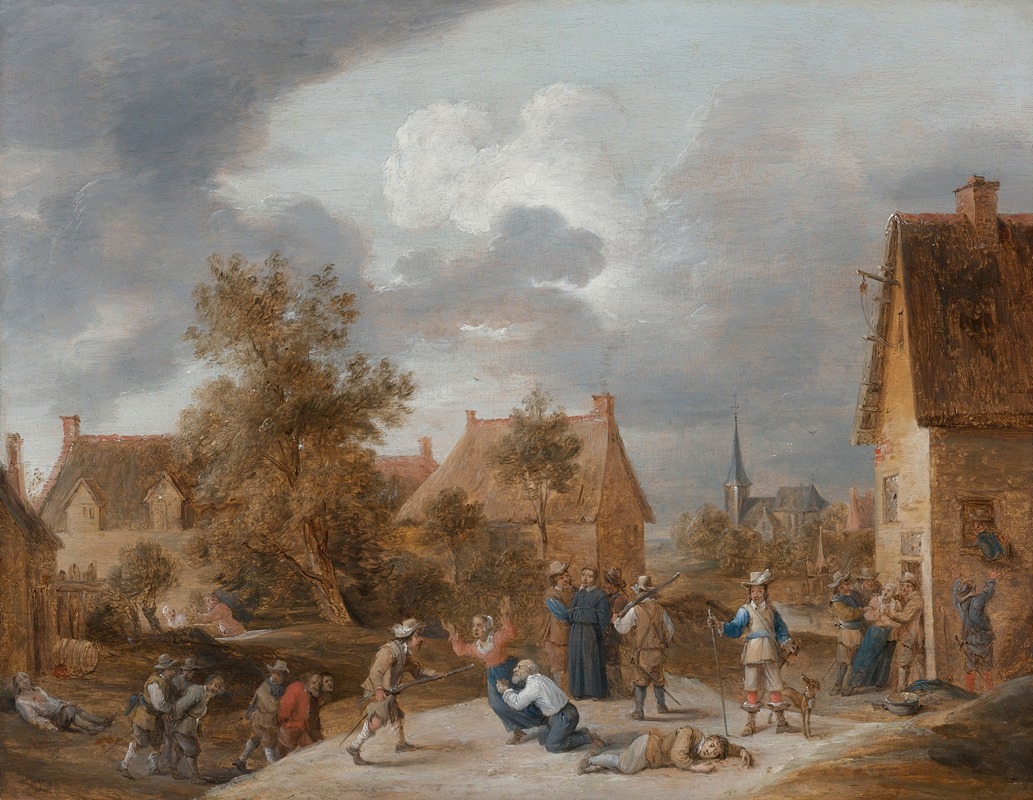
Soldiers Sacking A Village
A hand-painted replica of David Teniers The Younger’s masterpiece Soldiers Sacking A Village, meticulously crafted by professional artists to capture the true essence of the original. Each piece is created with museum-quality canvas and rare mineral pigments, carefully painted by experienced artists with delicate brushstrokes and rich, layered colors to perfectly recreate the texture of the original artwork. Unlike machine-printed reproductions, this hand-painted version brings the painting to life, infused with the artist’s emotions and skill in every stroke. Whether for personal collection or home decoration, it instantly elevates the artistic atmosphere of any space.
David Teniers the Younger was a prominent Flemish Baroque painter, born in Antwerp in 1610 and active during the 17th century. He was known for his diverse range of subjects, including genre scenes, landscapes, and religious themes. Among his extensive body of work is the painting "Soldiers Sacking a Village," which exemplifies his skill in depicting scenes of everyday life and historical events with vivid detail and narrative depth.
"Soldiers Sacking a Village" is a painting that captures a chaotic and dramatic moment, reflecting the tumultuous times of the 17th century, particularly during the Thirty Years' War. This conflict, which lasted from 1618 to 1648, involved many European powers and had a profound impact on the regions involved, including the Spanish Netherlands, where Teniers was active. The painting portrays soldiers engaged in the act of pillaging a village, a common occurrence during the war, as armies often resorted to looting to sustain themselves.
Teniers' work is characterized by its meticulous attention to detail and the ability to convey complex scenes with clarity. In "Soldiers Sacking a Village," he employs a dynamic composition to draw the viewer into the scene. The painting likely features a variety of figures, each engaged in different actions, contributing to the overall sense of disorder and urgency. Teniers was adept at capturing human expressions and gestures, which would have added to the emotional impact of the scene.
The use of light and shadow in Teniers' paintings often enhances the mood and atmosphere. In this work, he may have used contrasting light to highlight certain elements of the scene, such as the soldiers' armor or the villagers' expressions, creating a dramatic effect. His palette typically included earthy tones, which would have been suitable for depicting the rustic setting of a village.
Teniers was part of a family of artists, and his father, David Teniers the Elder, was also a noted painter. The younger Teniers was influenced by his father's work as well as by other artists of the time, such as Pieter Bruegel the Elder and Adriaen Brouwer. His ability to blend elements of genre painting with historical narrative set him apart and contributed to his reputation as a master of his craft.
"Soldiers Sacking a Village" is a testament to Teniers' ability to capture the essence of his era, providing insight into the social and historical context of the time. While the painting itself may not be as widely recognized as some of his other works, it remains an important piece within his oeuvre, illustrating the impact of war on civilian life and the enduring human stories that arise from such events.





